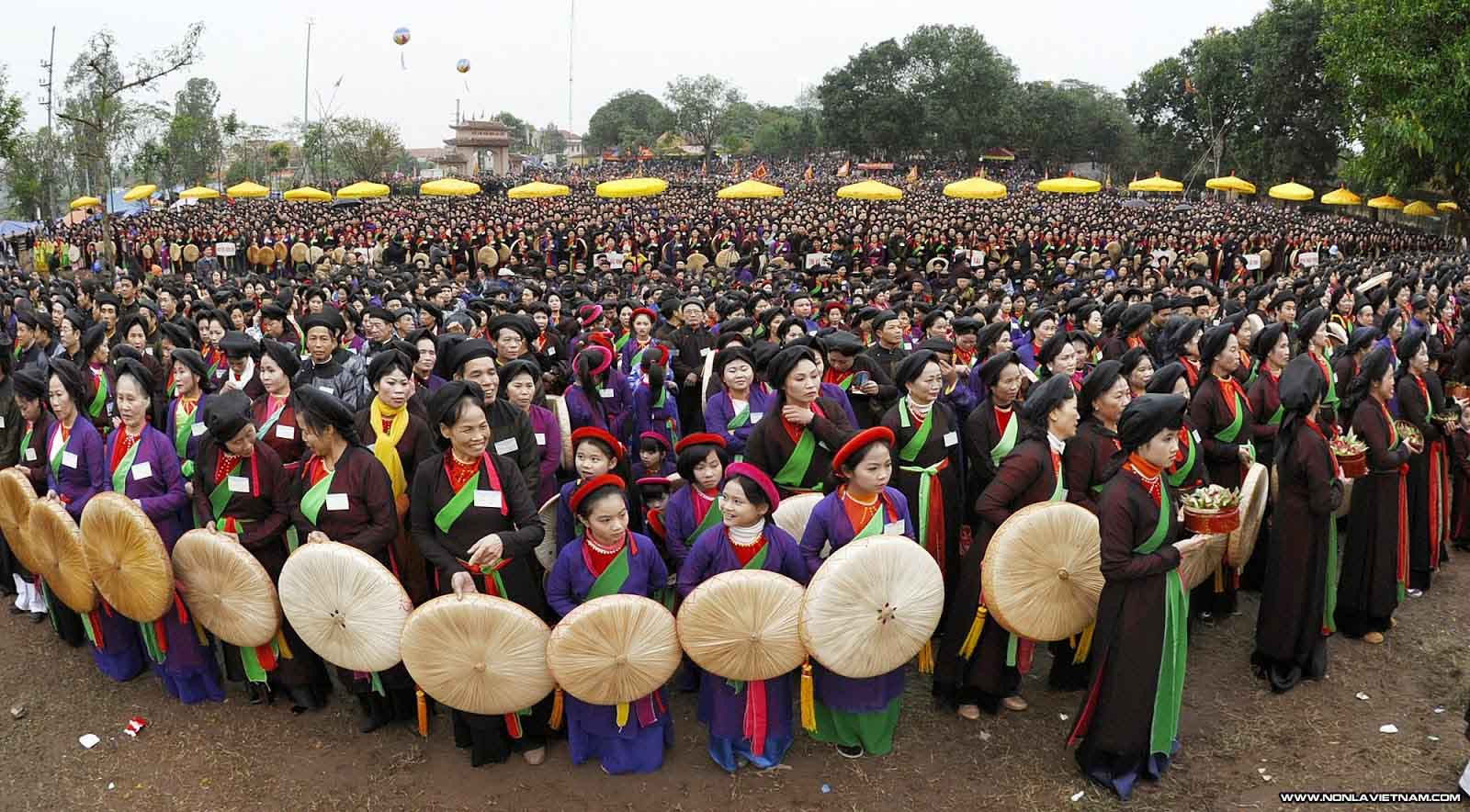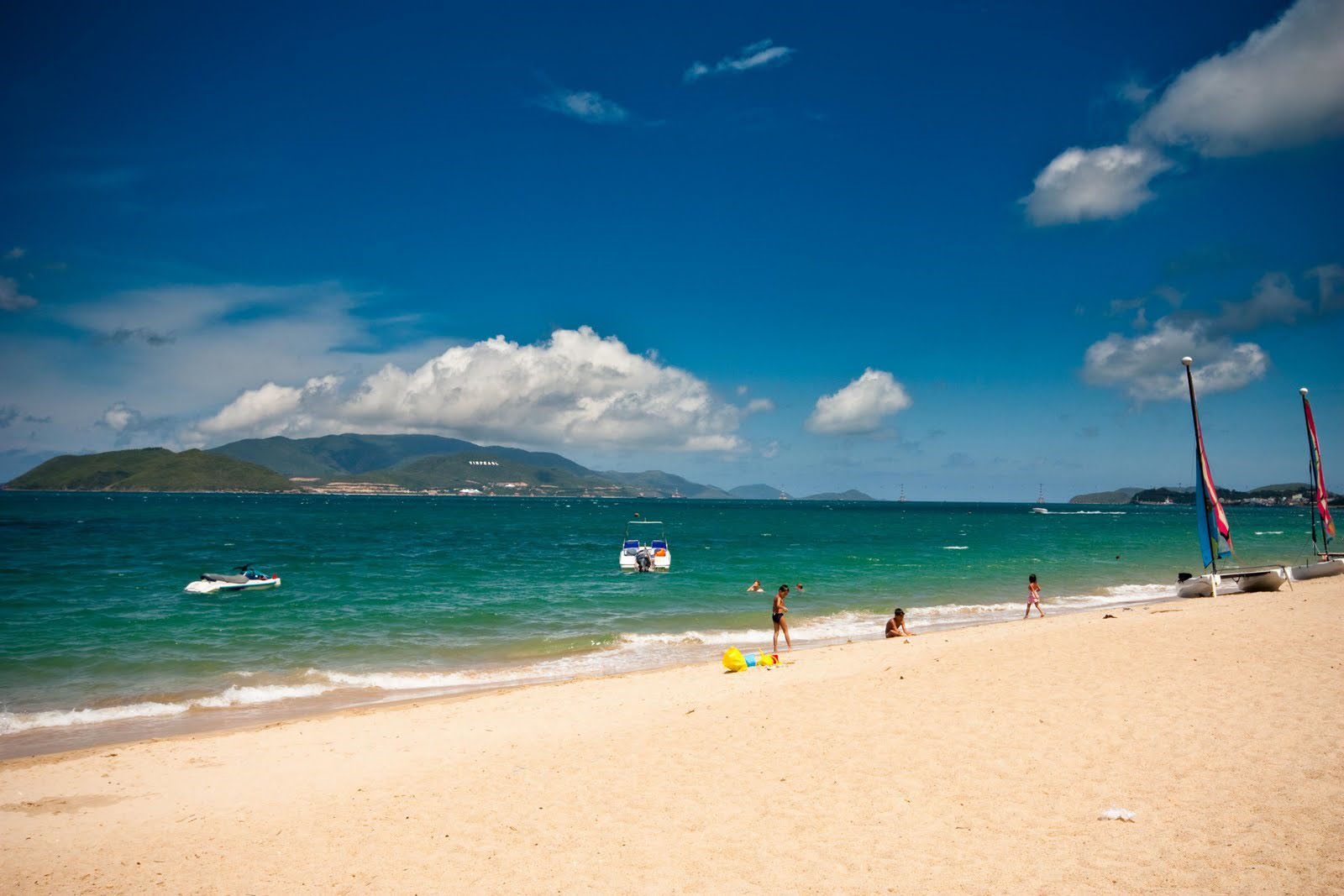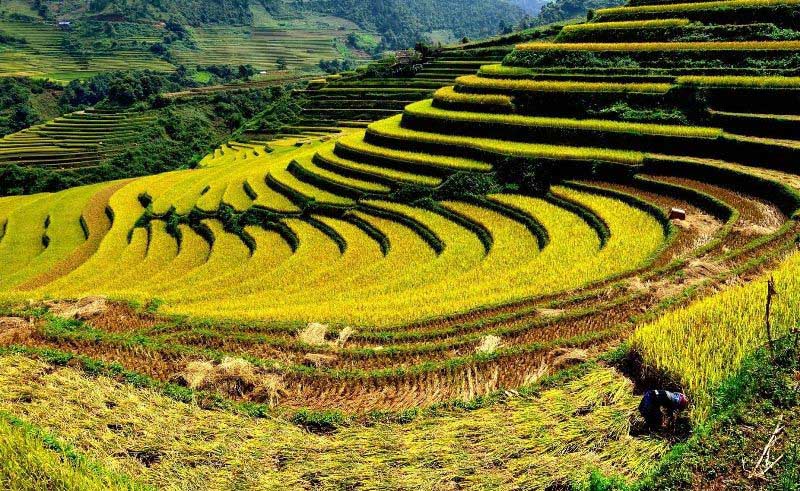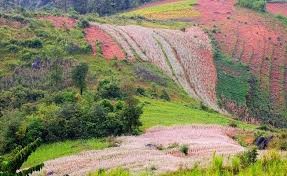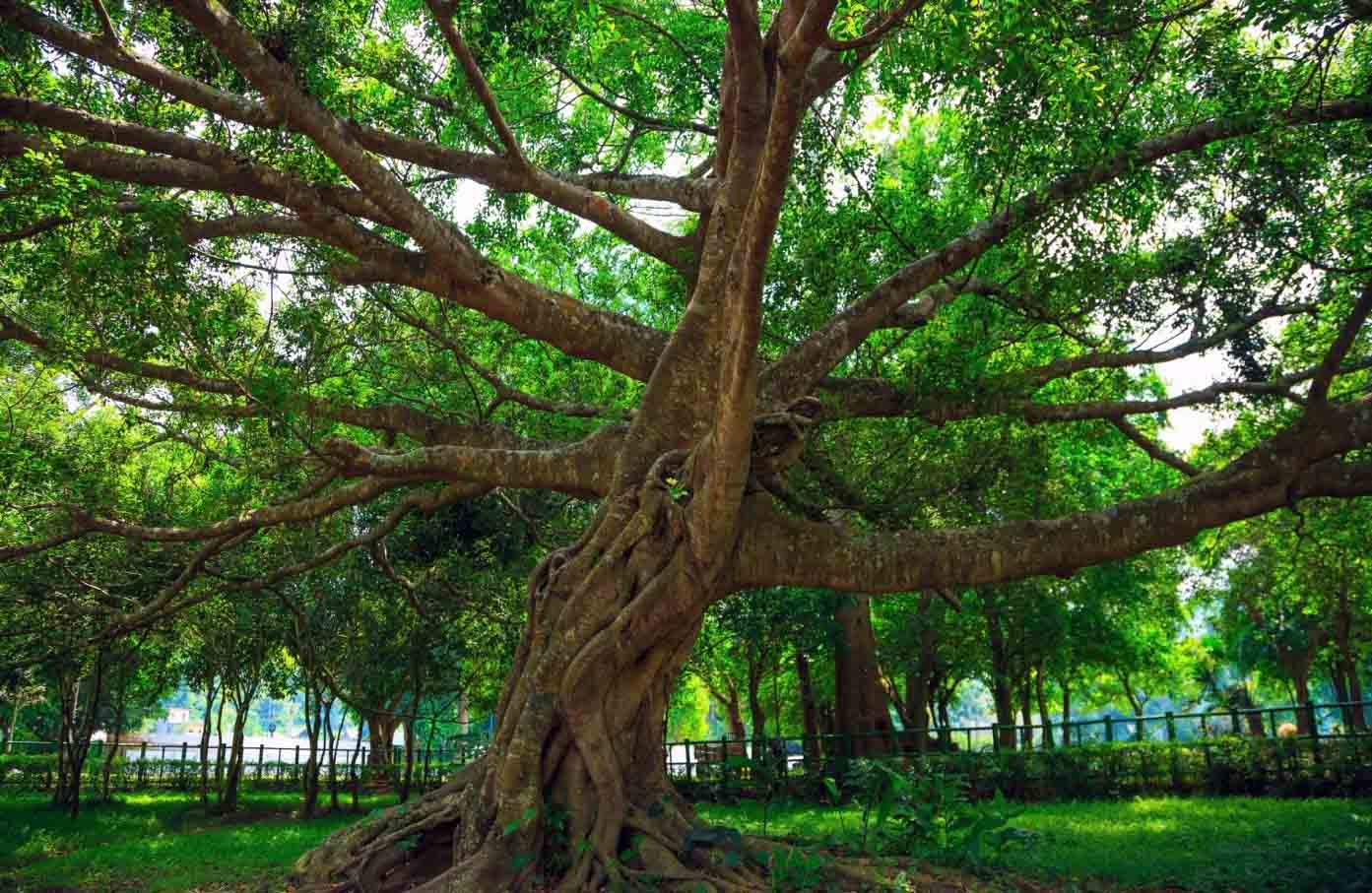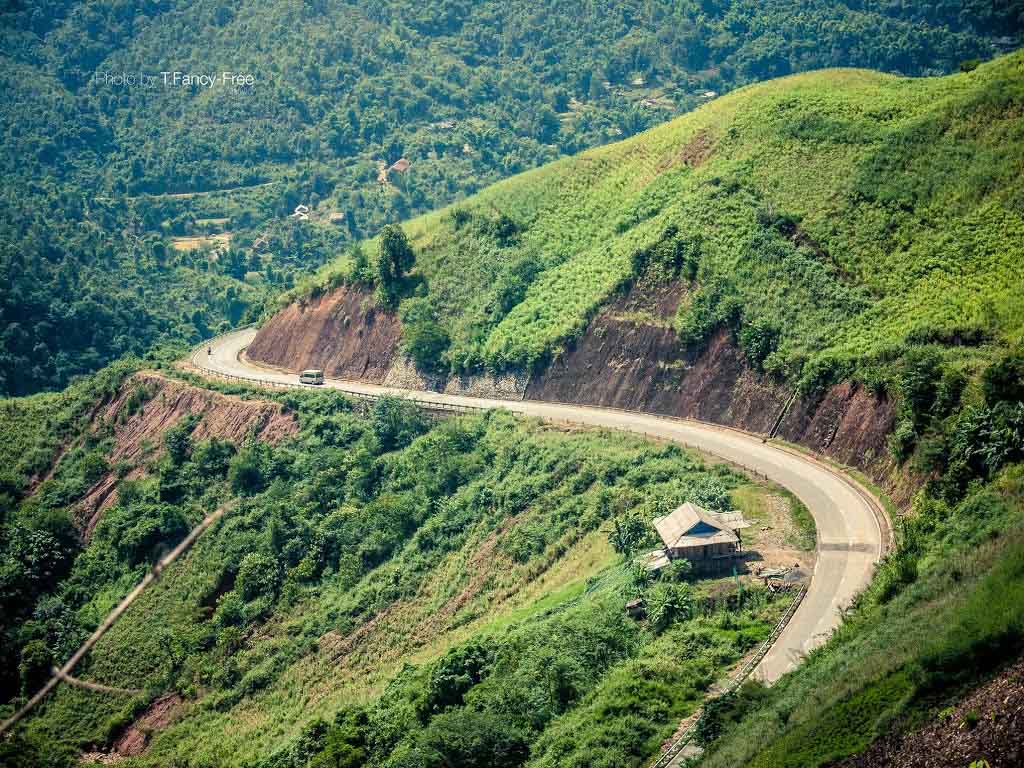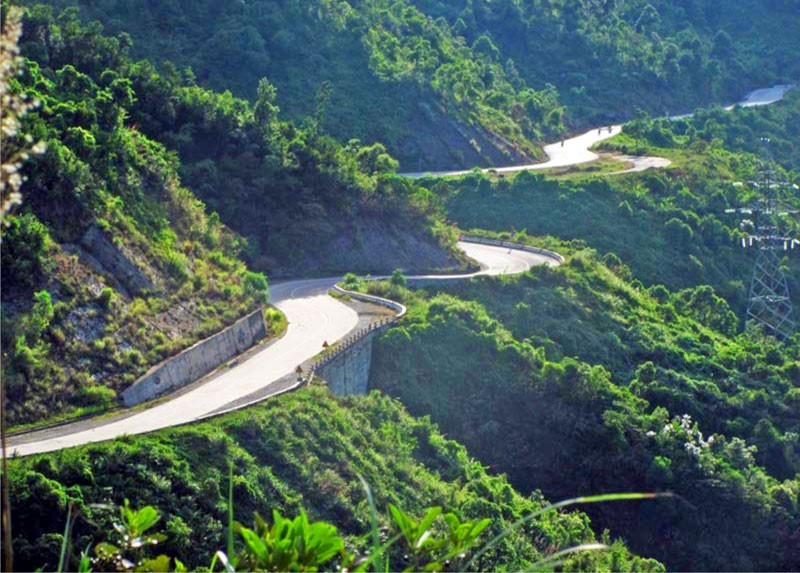Con Dao National Park
Alternative site name(s)
Con Son, Poulo Condore
Province(s)
Ba Ria-Vung Tau
Area
19,998 ha
Coordinates
8o37' – 8o48'N, 106o32' – 106o45'E
Distance(s)
From Vung Tau City
Eco-tours
Trekking, Bird watching, Snorkeling, Scuba diving and watching nesting turtles.
Contact us for more information
Topography and hydrology
Con Dao National Park is centred on an archipelago of 14 islands, the largest of which is Con Son. The topography of Con Son island is mountainous, and dominated by a granite ridge, which runs from south-west to north-east, sheltering the bays on both sides of the island from strong winds. The highest points on the island are the summits of Mount Thanh Gia and Mount Chua, at 577 and 515 m respectively. The smaller islands reach a maximum elevation of 200 m.
There are no permanent watercourses on any of the islands of the Con Dao archipelago, only seasonal streams. In the rainy season, water is plentiful but, in the dry season, there is a serious lack of water. Three reservoirs collect water during the rainy season to supply the local population during the dry season.
The Con Dao archipelago is located on the boundary between two sea currents: a warm one from the south, and a cold one from the north.
Biodiversity values
Con Son island and many of the other islands of the archipelago are extensively forested. According to the revised investment plan, the national park supports 4,905 ha of forest, equivalent to 81% of the total terrestrial area. To date, 882 vascular plant species have been recorded at the national park, including 91 species of medicinal plant. One outstanding feature of Con Dao's flora is the 44 plant species that were discovered for the first time on the islands. A number of these species are named after the site, including Dipterocarpus condorensis, Ilex condorensis, Pavetta condorensis and Psychotria condorensis.
To date, 24 species of mammal, 69 species of bird and 42 species of reptile and amphibian have been recorded at the national park. Although the number of species is relatively low, the density of individual species is often high, and there are a number of endemic taxa, including an endemic subspecies of Black Giant Squirrel, Ratufa bicolor condorensis. The bird fauna of Con Dao National Park is not well studied. However, a number of bird species recorded at Con Dao are not known from any other site in Vietnam, including Nicobar Pigeon Caloenas nicobarica, Red-billed Tropicbird Phaethon aethereus, Pied Imperial Pigeon Ducula bicolor and Masked Booby Sula dactylatra.
The marine ecosystems at the national park include mangroves, coral reefs and seagrass beds. Mangroves cover a total of 15 ha, and are distributed around Ba island and along the west coast of Bay Canh island, and along the north and south coasts of Con Son island. The coral reefs at Con Dao are among the most pristine in Vietnam, and are distributed in shallow waters around the islands, covering a total area of around 1,000 ha. The coral reefs support high levels of biodiversity, including over 270 coral species. Surveys conducted by Nha Trang Institute of Oceanography have shown the presence of 1,323 species of marine fauna and flora, including 44 species listed in the Red Data Book of Vietnam. At 153 species, the recorded mollusc diversity of Con Dao is the highest of any of Vietnam's offshore islands. The national park supports around 200 ha of seagrass beds, which support a small population of the globally threatened marine mammal, Dugong, numbering around 12 individuals.
Con Dao National Park contains a number of nesting beaches for Green Turtle Chelonia mydas and Hawksbill Turtle Eretmochelys imbricata, two globally threatened marine turtles. More than 250 females visit a total of 14 nesting sites annually, forming over 1,000 nests. Nearly 80% of the nesting takes place between June and September. Furthermore, a number of cetaceans have been recorded in the marine component of Con Dao National Park.
Other documented values
The Con Dao archipelago has historical significance as the site of several prisons used by the French colonial regime and South Vietnamese regime. Many famous revolutionaries were imprisoned on the island prior to 1975, and the site is considered a national memorial. A 30 ha site incorporating the prisons has been formally recognised as a national heritage site.
The Con Dao archipelago has already been developed for tourism, which is now one of the most important sectors of the islands' economy. There is great potential to further develop ecotourism at the national park, in the form of hiking, birdwatching, snorkeling, diving and watching nesting turtles. Controlled and environmentally sensitive ecotourism development has the potential to raise awareness of conservation issues and generate revenue for management of the national park.
The waters off the Con Dao archipelago are an important fishery. Several marine products of high economic value, such as groupers and giant clams, occur in the area. The islands' mangroves are an important nursery area for the fishery.
More guide...
Responsible Travel
Asia Travel News



